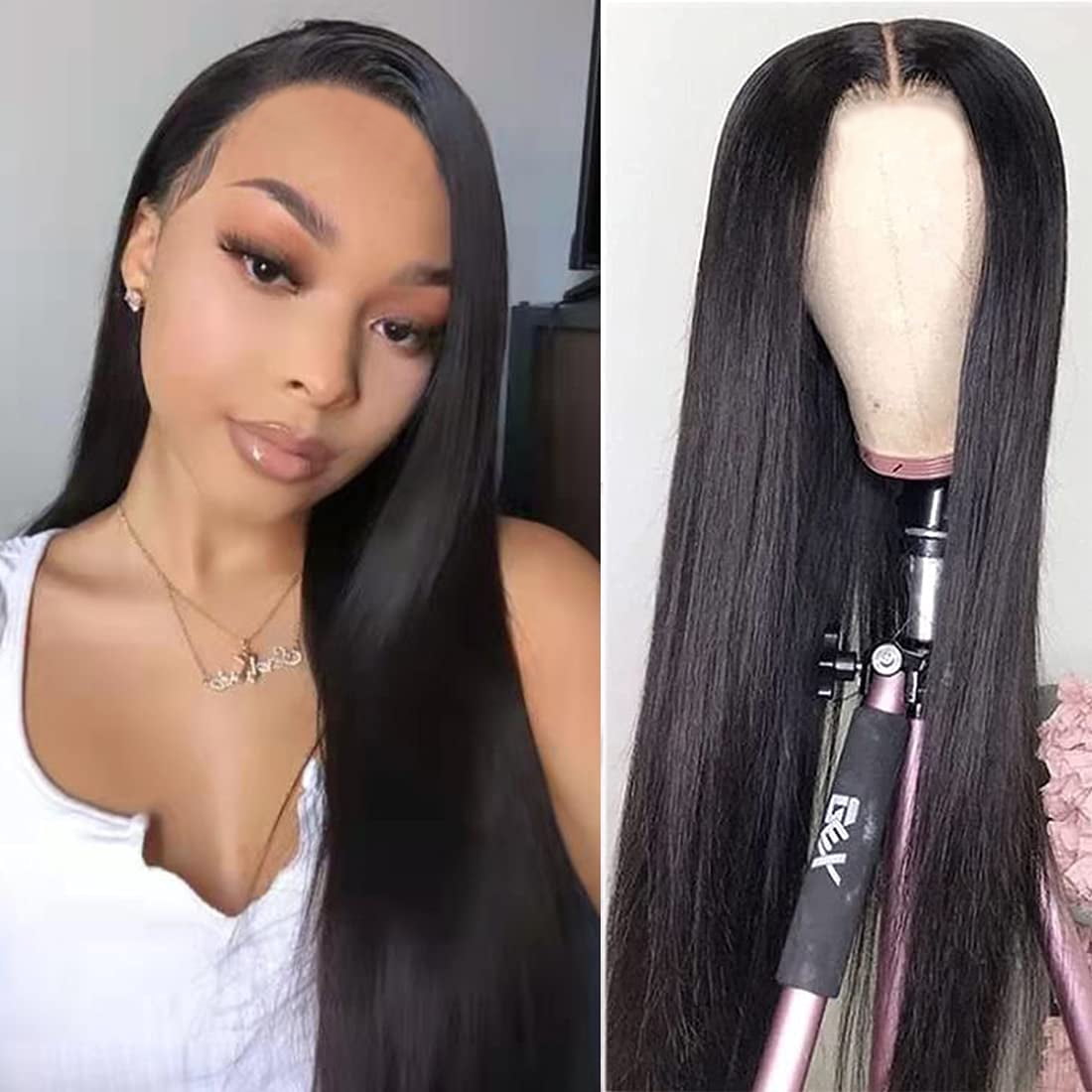If you've never colored your hair before but have been thinking about trying a new shade, you may be wondering how to safely and effectively color virgin hair. While coloring untreated strands for the first time seems like a simple task, there are some important factors to consider to ensure your color comes out vibrant and your hair stays healthy. This comprehensive hair guide will walk you through everything you need to know to successfully and gently color virgin hair at home.

Prepping Your Hair for Color
Before applying any hair dye or lightener, it's important to properly prepare your virgin hair. This starts 1-2 weeks beforehand by gradually altering your hair care routine. Switch to gentler shampoo and conditioner without sulfates or other harsh ingredients that could dry out hair. Deep condition weekly using a moisturizing mask. Get trims to remove any split ends. Avoid heat styling as much as possible. Leading up to coloring day, shampoo hair but don't condition to create the proper porous surface for maximum color uptake without added product buildup interfering.
Testing Your Color
Even if you know your natural level and undertone, do a test strand to be sure of the final result. Take a piece of hair near the nape and apply a quarter sized amount of your chosen developer and dye. Wait the recommended processing time then check how it turned out. Make adjustments to your formula as needed before applying all over, like using a lower or higher developer. It's better to do this trial run than be stuck with hair you hate.
Choosing Your Color & Developer
Select a non-permanent or semi-permanent dye rather than a permanent or demi-permanent option for first-timers. These deposit pigment onto the surface of strands instead of fully penetrating the cortex like stronger dyes, so the color is less damaging to remove if disliked and fades more gracefully. Go a few levels lighter than your goal shade to avoid overwhelming virgin hair. Use the lowest volume developer possible, usually 10 or 20 volume. Higher strengths are too processing.
Applying Color Evenly
Section hair into four or more sections and apply color from root to tip using a brush or gloved hands. Work a small area at a time to prevent drips and distribute product evenly. Pay special attention along the part and hairline. For roots, apply color and smooth from scalp outwards instead of brushing down risking irritation. Allow the dye to process fully before rinsing, usually 20-40 minutes depending on formula.
Post-Color Care
After rinsing out all color, shampoo twice to strip out any excess dye particles. Deep condition with a hydrating mask. Avoid heat styling, chlorine, or salt water which can cause new color to fade prematurely. Exfoliate your scalp weekly to remove buildup. When shampooing, focus lather on roots and scalp and conditioning on lengths to lengthen your color's lifespan.
Consider Going Lighter
Those virgin strands have likely never seen the sun's UV rays before, so the potential for lightening is greater than you realize. However, bleaching hair dramatically alters its internal structure and is best left to professionals initially. As an alternative, try a light ash brown or caramel shade instead of platinum which partially lifts hair safely. Or ask your colorist about balayage/babylights highlighting for a sunkissed effect without committing to one solid light color.
Troubleshoot Application Issues
If your color doesn't seem to be "taking" evenly on all strands, re-apply to problematic areas or switch to a higher volume developer. Make sure to coat each piece fully. For splotchy tones, exfoliate your scalp and use a gentle stripping shampoo before re-coloring. Dark roots could mean not working the dye in from scalp edge outwards thoroughly enough. Seek professional help for major blending challenges on virgin hair.
Consider Temporary Color
For first timers, a nice low-commitment option is chalk-based, water-soluble temporary color. These rinse out within a few shampoos so you can get comfortable with wearing color while facing little long-term damage if not liking the shade. Such dyes work well for special events versus an everyday look.
Have Your Color Maintained
After several weeks, new growth may be more noticeable than expected. See a colorist four-six weeks in to have your color touched up without letting two dramatically different shades develop. This prevents breakage from having to lighten significant roots later. Regular salon or at-home glossing also refreshes faded shade without damaging further processing.
Go Slow and Listen to Your Hair
With care, you can safely and enjoyably experiment with different hair colors on virgin strands over time. The biggest keys are choosing gentle products properly formulated for your hair type, starting with temporary or semi-permanent options versus harsh permanent dyes, conditioning diligently, and allowing hair plenty of rest periods between color processes. Take it step by step, avoid frequent or back-to-back coloring, learn from experience, and stop if strands feel damaged. Your new hair shade is not worth compromising hair health for! But with patience, your virgin locks can withstand vibrant colors.
With the right hair guide, natural maintenance techniques, and ongoing attention to your hair's needs, you'll be able to play with colors your natural strands have never seen before while keeping them in their healthy, virgin state. Remember that hair is always growing, so although experimenting is exciting, let the past be the past and focus on giving new growth the best care possible each day. Have fun discovering amazing looks that showcase your hairstyle creativity without the long-term risk or damage. Stay tuned for more tips on using hair color consciously.
